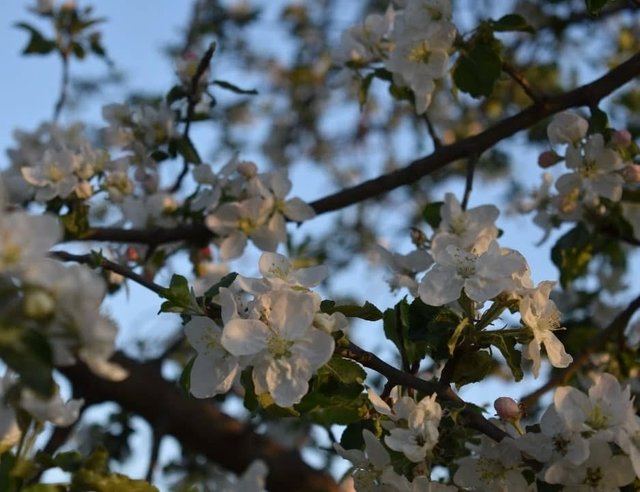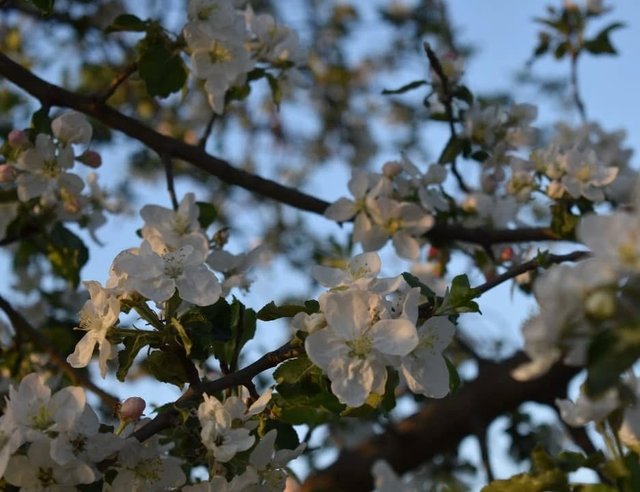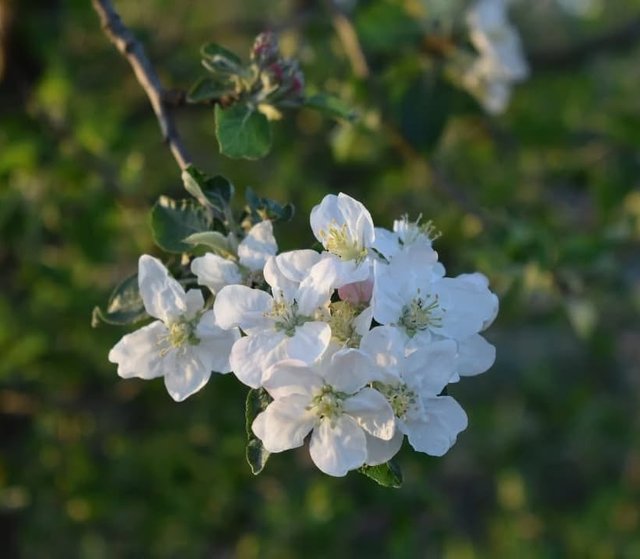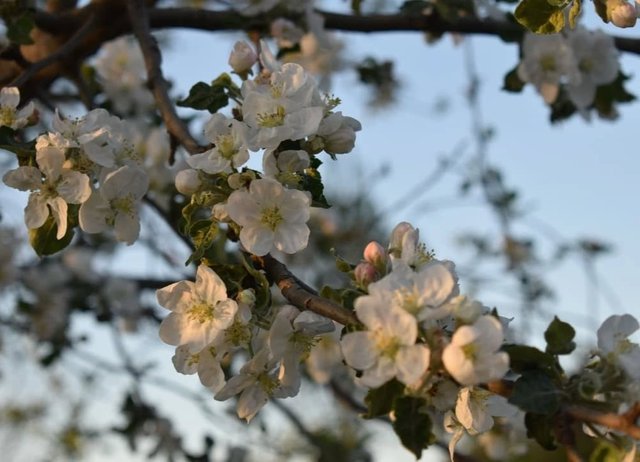European Crab Apple So Beautiful
European Crab Apple: A Wild Gem of Europe's Woodlands
The European crab apple, Malus sylvestris, is a small but remarkable deciduous tree native to much of Europe. Often overshadowed by its cultivated relatives, this wild apple species has a rich ecological and cultural heritage. Found growing in hedgerows, woodlands, and forest edges, the European crab apple is a resilient tree that offers a variety of benefits to wildlife, ecosystems, and even human traditions.
Botanical Characteristics
The European crab apple typically grows to a modest height of 5 to 10 meters. It has a dense, rounded crown and a gnarled trunk that gives it a characterful appearance, especially as it matures. Its leaves are oval with a serrated edge, and its branches are often thorny, a trait that can offer protection for nesting birds.
In spring, the tree puts on a beautiful display of pale pink to white blossoms, attracting pollinators such as bees, butterflies, and other insects. These flowers eventually give way to small, round fruits, which are yellow-green with a reddish blush and usually measure only 2–4 cm in diameter. These crab apples are highly acidic and astringent when raw, but they serve as valuable food for a range of wildlife.
Habitat and Range
Malus sylvestris is native to a broad area stretching across Europe and into parts of western Asia. While its population has declined in some areas due to habitat loss and hybridization with domestic apple trees, it still persists in many regions, often in ancient woodland remnants and protected natural reserves.
This species thrives in well-drained soils and prefers sunny or partially shaded conditions. It can tolerate a range of soil types, from acidic to calcareous, and it plays a role in stabilizing soil and supporting biodiversity in mixed forests.




%20(8).jpeg)